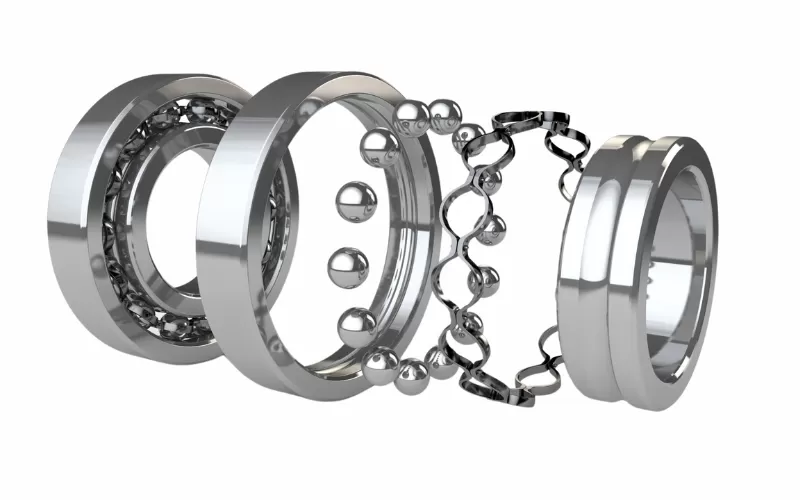The installation process of small and medium-sized rolling bearings is generally cold pressing installation or heating ring installation. From the actual installation effect and the matching relationship between the inner ring of the bearing and the shaft, the outer ring of the swivel bearing and the bearing seat, the heating ring process will not affect the bearing seat size of the shaft, and the cold pressing method will cause wear of both to varying degrees; but both assembly processes may affect the bearing seat size of the equipment, especially the eccentricity problem in the assembly process, which is very likely to cause damage to the assembly surface.

When the equipment fails or is maintained, the disassembly of the bearing can only be carried out in the most direct way to separate it from the mating parts, especially the separation under the interference fit state, which will cause greater friction between the mating surfaces, and naturally cause varying degrees of wear on the mating surfaces. This problem occurs more frequently during the repair of the equipment.
In order to ensure the quality and performance level of the equipment, it is often necessary to repair the bearing seat of the equipment. For the case where the negative deviation of the bearing seat is not very large, especially for the shaft with smaller specifications, the bearing seat size can be repaired by brush plating and other methods; for the large-size shaft with large negative deviation, in most cases, the material will be supplemented by welding and the size will be reprocessed.
Regardless of which repair method is used, it must be ensured that the shaft of the equipment does not undergo harmful deformation. In the subsequent size repair process, the coaxiality control requirements of the bearing seat and other sizes must also be guaranteed. For the bearing seat part that matches the outer ring of the bearing, when the matching size does not meet the requirements, necessary measures should also be taken, or local repair of the component size should be carried out, or parts that meet the requirements should be replaced.
In view of the above reasons, whether in the production and manufacturing process of the equipment or in the maintenance or repair of the equipment, the assembly and disassembly of the bearing should be carried out in a standardized manner, and the matching size inspection before the bearing assembly is necessary to ensure that the mechanical properties of the equipment bearing system meet the requirements.